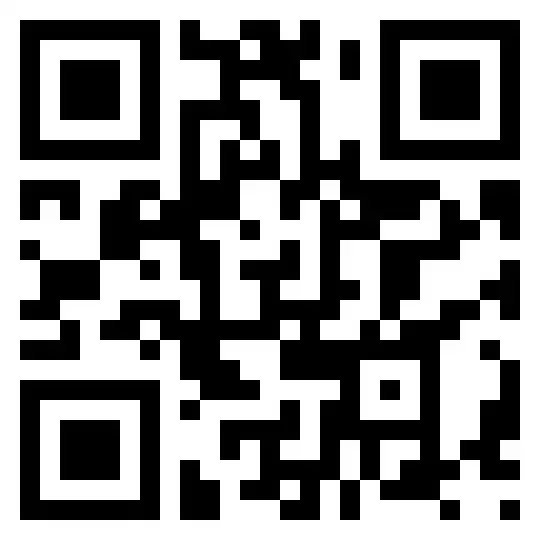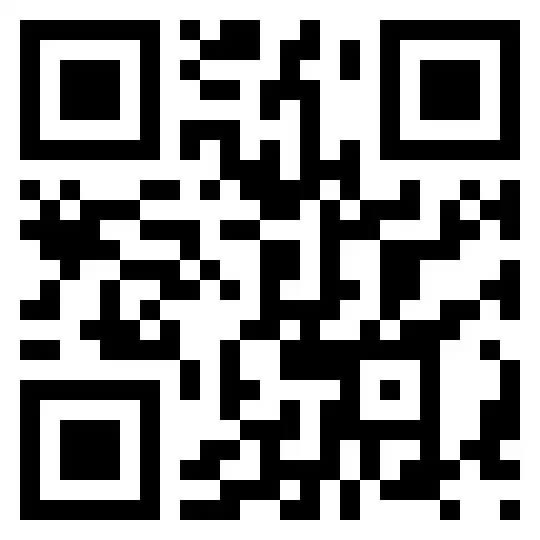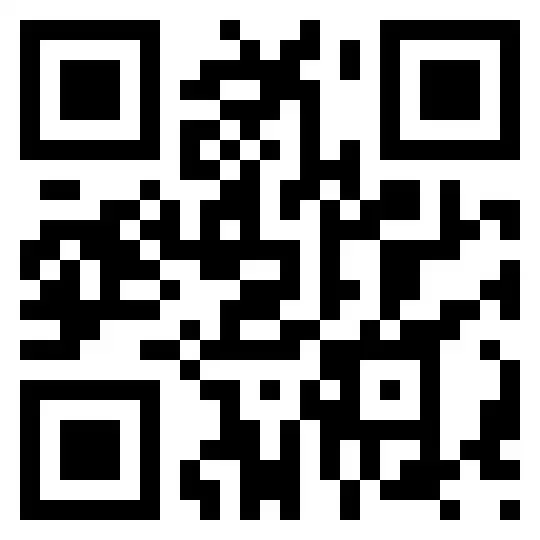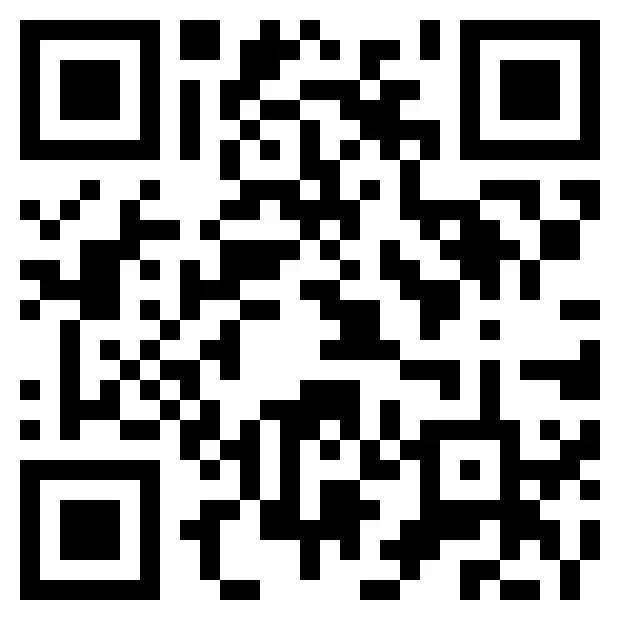QR code resolutions
QR codes have different resolution levels, which determine the amount of data that can be stored in a code and the size of the code itself. The resolution of a QR code is measured in "modules," which are the small square dots that make up the code.
Here are some common QR code resolutions and their characteristics:
Level L (Low) QR codes: These codes have a resolution of 7x7 modules and can store up to 25 characters of data. They are typically used for simple text messages or URLs.

Level M (Medium) QR codes: These codes have a resolution of 15x15 modules and can store up to 47 characters of data. They are typically used for simple text messages, URLs, or phone numbers.

Level Q (Quartile) QR codes: These codes have a resolution of 25x25 modules and can store up to 77 characters of data. They are typically used for more complex data, such as vCards or event information.

Level H (High) QR codes: These codes have a resolution of 30x30 to 37x37 modules and can store up to 177 characters of data. They are typically used for large amounts of data, such as product information or menus.

It's important to note that the amount of data that a QR code can store is not the only factor that determines the size of the code. The number of errors correction, the print size and the amount of data also affect the size of the code. Additionally, the reading distance and the scanning device also play a role in the QR code resolution, as a QR code with a higher resolution will be more easily scanned from a farther distance.
Overall, QR codes can be created with different resolutions, each resolution has its own characteristics and is suitable for different types of data and applications. It's important to choose the appropriate resolution based on the amount of data that needs to be stored, the reading distance and the scanning device.
More information

 Sign in
Sign in